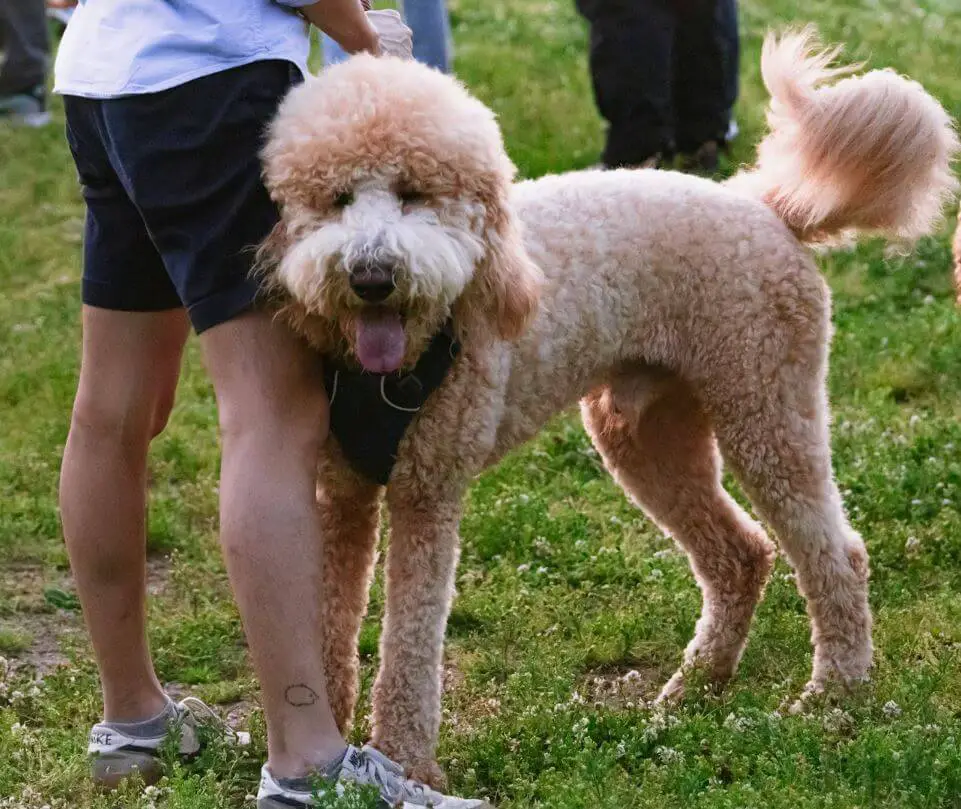Ever wondered if your furry companion is trying to reciprocate your affectionate gestures? While dogs may not possess the ability to replicate human actions precisely, they exhibit behaviors that convey their desire for connection. Let’s delve into the subtle ways dogs express affection and interaction.

What dogs might do:
1 – Pawing: A Common Canine Gesture
Dogs frequently employ pawing as a means of communication. Whether it’s a gentle tap on your leg or a playful swipe at your arm, pawing signifies their attempt to initiate interaction and seek attention. While it differs from the stroking motion humans use, it’s a clear indication of their affectionate intentions.
2 – Nudging: A Tender Display of Affection
Similar to pawing, nudging with their head is another way dogs express affection. This gentle gesture could be interpreted as their version of petting, conveying a desire for closeness and attention. Whether they’re seeking a cuddle or simply acknowledging your presence, nudging exemplifies their emotional connection with you.
3 – Leaning: Seeking Comfort and Security
Dogs often lean their bodies against their owners as a display of trust and affection. This behavior signifies their comfort in your presence and their desire for physical closeness. While it may not resemble traditional petting, leaning is a clear indication of their bond with you.
However, it’s important to note:
- Limited Physical Capabilities: Dogs lack the dexterity for precise stroking movements due to their anatomical structure. Unlike humans with opposable thumbs, their limbs and paws are primarily adapted for activities like walking and running.
- Alternative Communication: While dogs’ behaviors may mimic petting, they are driven by instinctual communication rather than a conscious effort to emulate human actions. Understanding this distinction is crucial in interpreting their expressions of affection.
Understanding the context:
- Observe Body Language: Pay attention to your dog’s overall demeanor and accompanying body language. Factors such as tail wagging, playful eye contact, and relaxed posture can provide insights into their emotional state and intentions.
- Consider Past Experiences: A dog’s past experiences shape their behavior towards affection. Positive associations with receiving love and attention can influence their inclination to engage in behaviors resembling petting.
While dogs may not pet us back in the conventional sense, they communicate their affection and desire for interaction through various gestures. By deciphering their body language and understanding their unique communication style, we can forge deeper bonds and enrich our relationships with our canine companions. Embrace these subtle displays of affection, for they signify the profound connection between humans and their beloved pets.
